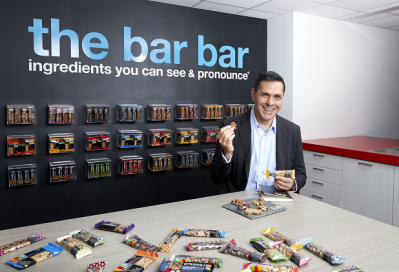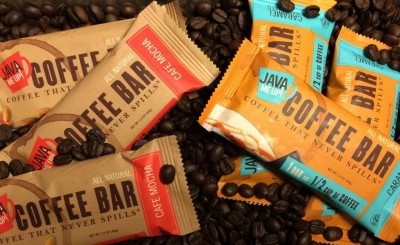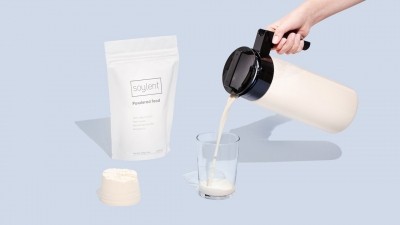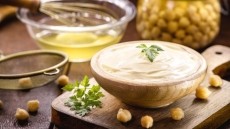Mars pledges to use 100% high-oleic peanuts in M&Ms, Munch Bar, by end of 2017
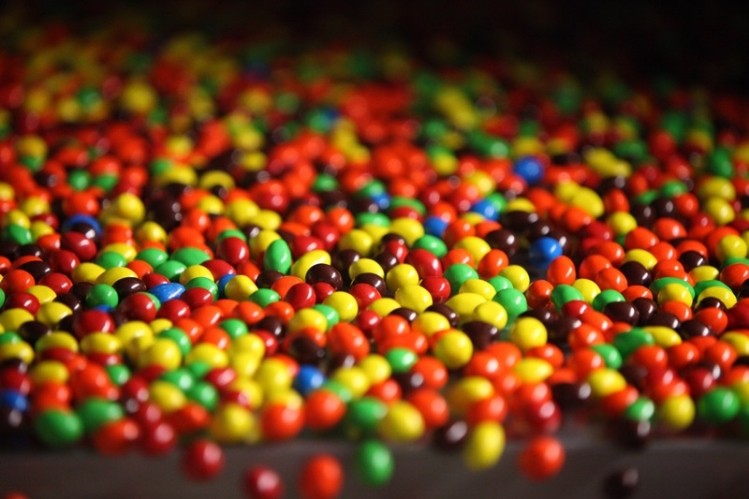
The pledge, which was announced last summer to the peanut industry, was kept mostly under wraps from the food manufacturing and consumer side.
“We alerted the peanut industry as a whole of our commitment and our goal, and we’re waiting until we become 100% high-oleic [before] we announce to the public and the consumer,” Anne-Marie DeLorenzo, strategic sourcing manager for nuts at Mars Chocolate North America, told FoodNavigator-USA.
Though Mars has used 90% high oleic peanuts for its products in the US, the switch to using only high oleic peanuts has been slow due to supply issues. “We’re working with the industry to make more peanuts that are grown to be high-oleic, but today we can’t source enough high-oleic peanuts for all our products,” she said.
Hence, Mars’ pledge only focused on two products, Peanut M&Ms and Munch Bar.
‘It’s more about product freshness and quality’
High-oleic peanuts are championed for their high monounsaturated fat content, but Mars says nutritional profile changes in the end product are negligible, and the switch wasn’t intended to create a health halo.
“Our peanut investment is more about product freshness and quality than anything else,” said Anthony Guerrieri, director of External Affairs at Mars. “We know our products are a treat, [and that] consumers should be eating responsibly, so that’s our number one priority.”
This move does increase the cost for Mars, but it will not affect the final retail price on the consumer side. The move will only affect the products sold in the US, as peanuts in M&Ms and other Mars products sold overseas, according to DeLorenzo, are already 100% high oleic.
“Part of the process of going to 100% high-oleic, we have a very strong outreach with growers, sellers, and industry associations to get to where we’re at,” DeLorenzo added. For this initiative, Mars worked closely with The Georgia Peanut Commission, the National Peanut Board, and the Southern Peanut Farmers Federation, to name a few.
